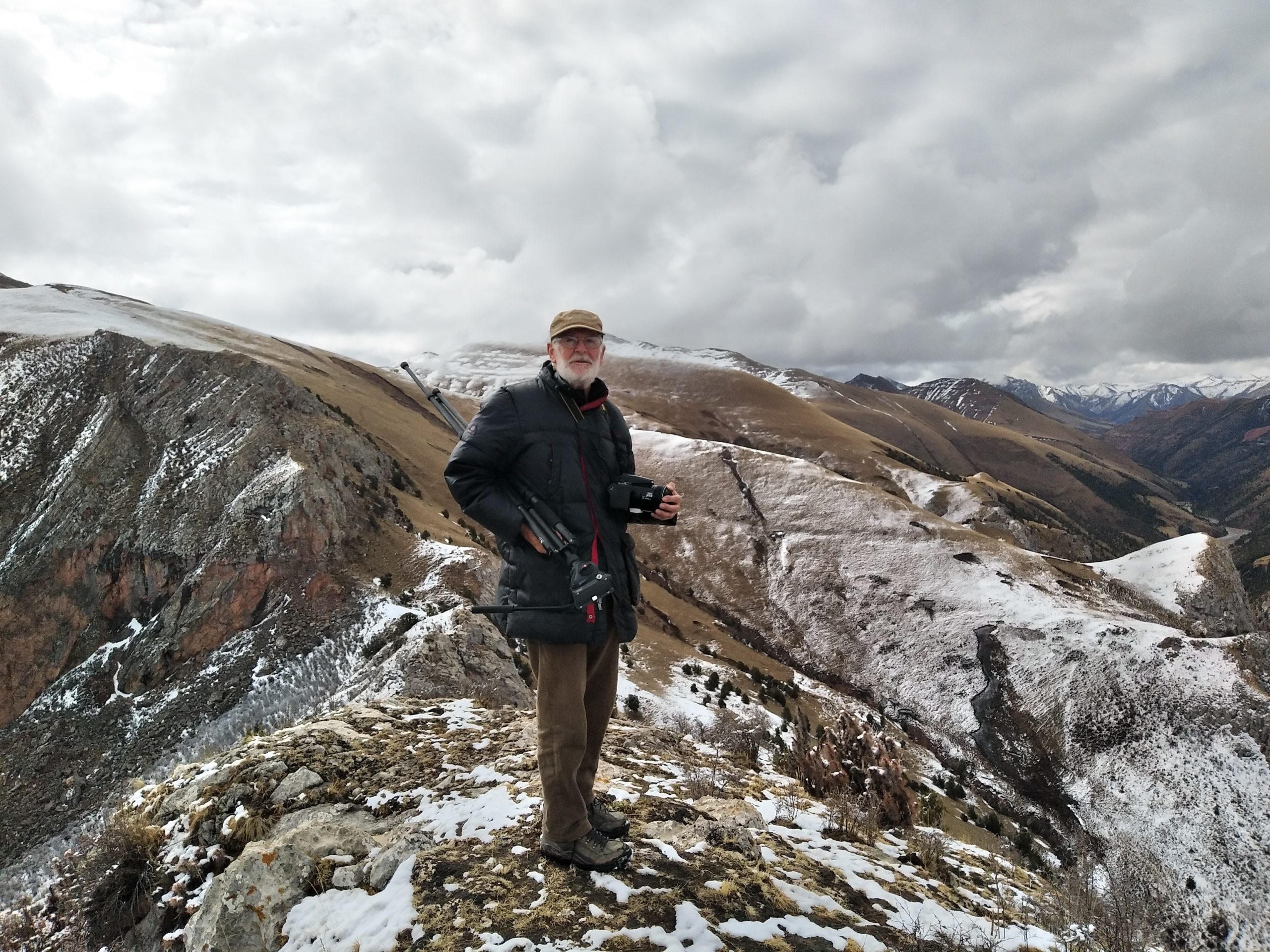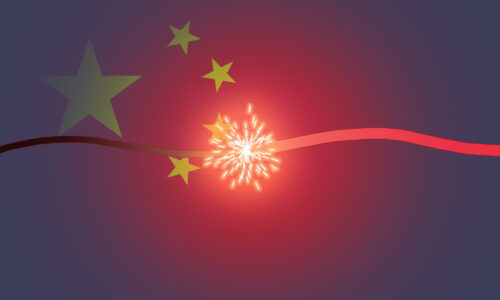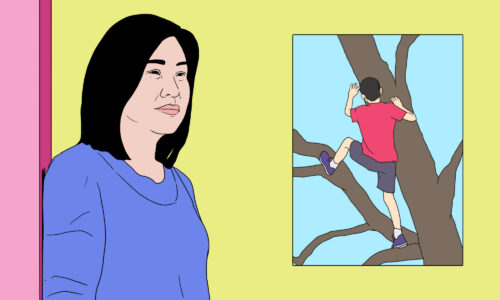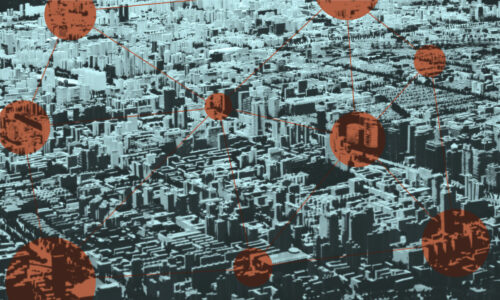22 years later, Chinese ‘bird bible’ gets a reboot
Chinese bird watchers swear by "A Field Guide to the Birds of China," originally published in Chinese in 2000 by John MacKinnon, with illustrations by Karen Phillipps. The book has finally received a long-overdue update.

In 2000, when British conservationist Dr. John MacKinnon delivered his Chinese-language manuscript to Hunan Education Press, he didn’t know he’d just submitted a bible. But to Chinese bird watchers who first came upon it and used it to look at and photograph their feathered compatriots, A Field Guide to the Birds of China was just that.
Han Xuesong, who is currently undertaking a PhD at Peking University, says the gift of MacKinnon’s original manual ignited his passion for birding when he was an undergraduate. “When the internet was still in its infancy, information and knowledge about birds in China just wasn’t available to common people. With the publication of John’s book, all the information became accessible, whether you could read or not,” he says, alluding to the colorful illustrations in the book by Karen Phillipps, MacKinnon’s long-time collaborator, who passed away in 2020.
Although A Field Guide to the Birds of China wasn’t the first book about birds in China, it was the first to attain widespread popularity as “the gateway to birds and birdwatching for a generation of Chinese people,” as Terry Townshend, who runs the Birding Beijing website, puts it. “Twenty years since its publication, it remains a much-loved and sought after book,” Townshend adds.
But 20 years is a long time in China, and the previous two decades in particular has witnessed the country undergo momentous changes. On January 21, a new edition of the book — rebranded Guide to the Birds of China — was published in English by Oxford University Press. The Chinese-language equivalent, published by the Commercial Press, was released earlier this month.
According to MacKinnon, there was much that had to be changed. “Taxonomically, as new bird species have been discovered all across China and as there’s been a lot of reclassification, there was a lot to update, so much so it’s been hard to keep up,” the author says from his home in Canterbury, England. “The book appears to have 180 new species in it but it has less than that, as most of the new birds are splits from forms we’ve already documented. We’ve added an electronic element to the book as well, where you can scan a QR code with your smartphone and hear the bird calls.”
The addition of an electronic element might signal to some that paperback books are on their way out, but MacKinnon sees value in an analogue guide.
“Phones are very convenient but it’s difficult to flick from one picture to another and compare this with that. When you get to know a book, you know where things are and go very quickly to them. You can write notes on it, you can treasure it. Plus you go up half the mountains of China and you lose your signal so a phone won’t work then.”
The guide was highly anticipated. Before its publication, Melissa Chu, a 51-year-old birder in Beijing who regularly escapes her “virtual reality” in the IT industry to watch birds, said, “I’m waiting for the new edition of the bible because mine has been badly thumbed over the past 10 years and I need a new copy.”
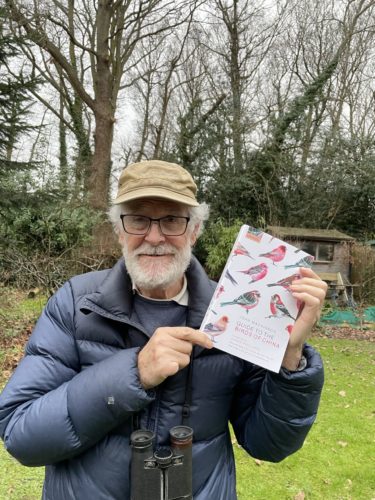
Back in the day, MacKinnon recalls a bird-watching scene that was a microcosm of the busy and engaging one that exists today.
“At that time there were a few academics at universities collecting and looking at birds,” MacKinnon says. “Birds pretty well had to be dead in front of them before they could measure and identify them. There wasn’t any recreational birding at all, just a few foreigners dropping in from time to time.”
MacKinnon’s Chinese-language field guide, translated by his second wife Lú Héfēn 卢和芬, landed in bookshops when China was still a nominally poor country. But as the Middle Kingdom raced up the economic charts, requisite kit like good cameras, telescopic lenses, and binoculars became affordable for budding birders.
Although numbers remain difficult to come by due to the “loose membership” some bird clubs maintain, MacKinnon thinks “two million birders” in China doesn’t feel like an unreasonable estimate.
“I think there are at least 50 registered bird societies or bird lover groups in China,” he says. “There are bird days, bird weeks, and bird races all over the country now. It’s quite a big thing and I think it’s fantastic. It means a lot of people get out with an interest and are monitoring — they’re looking at things and they’re noticing changes. I think it’s the best way for the citizenry to monitor biodiversity.”
MacKinnon’s involvement in East Asia stretches back decades and largely played out in Southeast Asia, beginning on the island of Borneo in the 1960s, where he went to study orangutans as part of his DPhil research. While exploring the wilder corners of the Malay Archipelago and working on conservation projects, MacKinnon began publishing books, beginning with In Search of the Red Ape (1974). He has subsequently written more than 30 books, including another popular birding book, A Field Guide to the Birds of Borneo, Sumatra, Java, and Bali (1993), which was also illustrated by the talented Karen Phillipps.
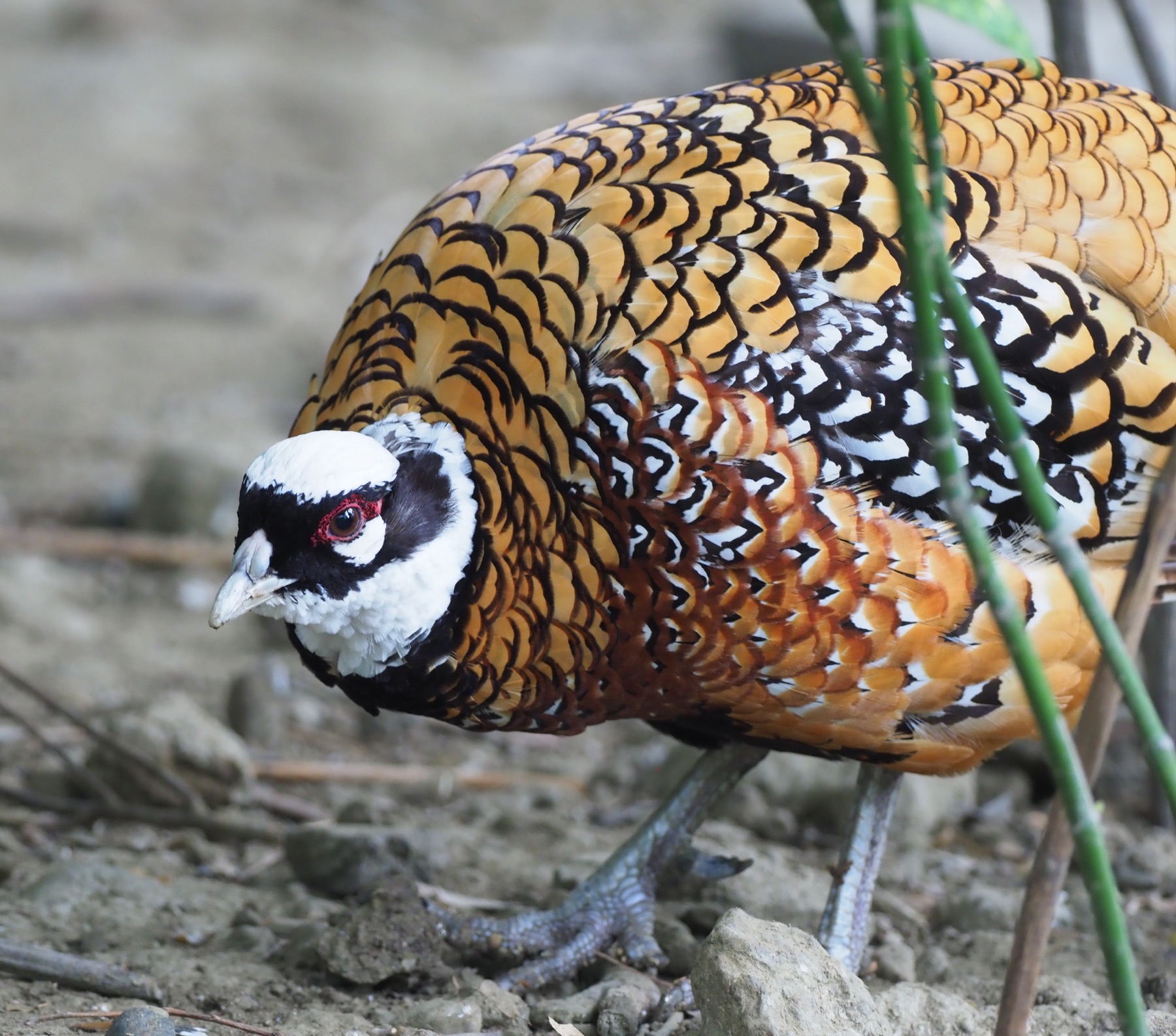
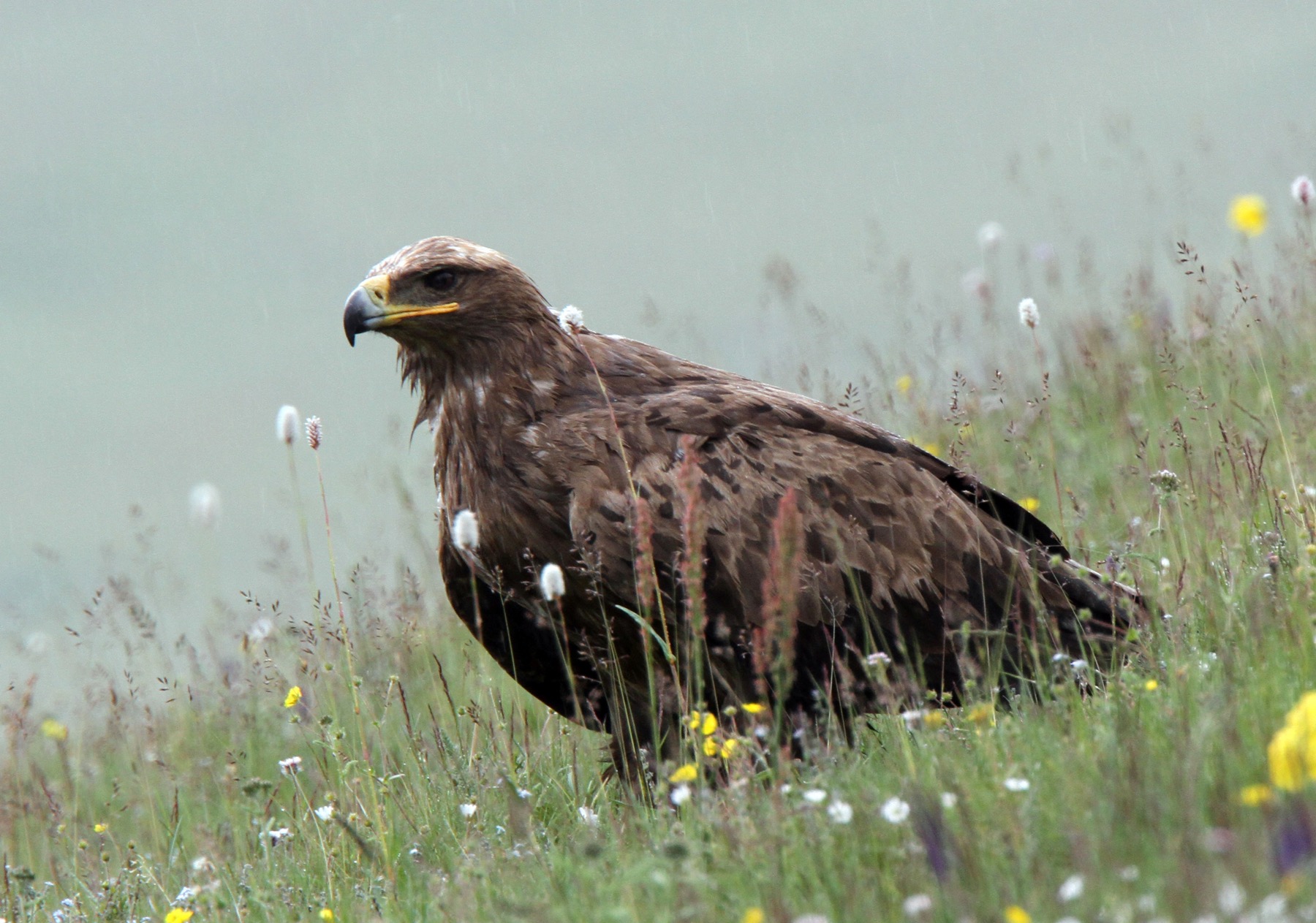
It was giant panda conservation for the World Wildlife Fund that brought MacKinnon to China in the late-1980s. He only published a China birding guide at the behest of his English publisher, noting, sardonically, “I’d done one before, so it was thought I knew what I was doing.”
Despite the “bible” epithet and high esteem his book enjoys, MacKinnon never felt truly satisfied with his original effort.
“I wasn’t that happy,” he says. “It had a few mistakes in it. I hoped someone would come along and write a better book and I wouldn’t be needed anymore, but people have kept on pressing me, so finally I did it.”
While MacKinnon says he loves the bird photography coming out of China nowadays, which he calls “stunning,” he still perceives issues with photographic reference books.
“I’m a great believer in illustrations. Photos have their place, but you can put an awful lot into a good illustration when you’d need several photos to show all those features.”
To this end, MacKinnon employed a number of artists to help bring the book to life.
“Karen Phillipps used to paint the whole plate, she was just brilliant. We used her original plates where possible, but I had to commission the equivalent of 50 new plates. It’s all done by painting, and it’s not easy drawing something difficult like the leaf walkers, which are very confusing to most birders and need detailed, accurate paintings. I managed to find some really good artists and, of course, nowadays you can move images around on the computer a bit to compose your plate.”
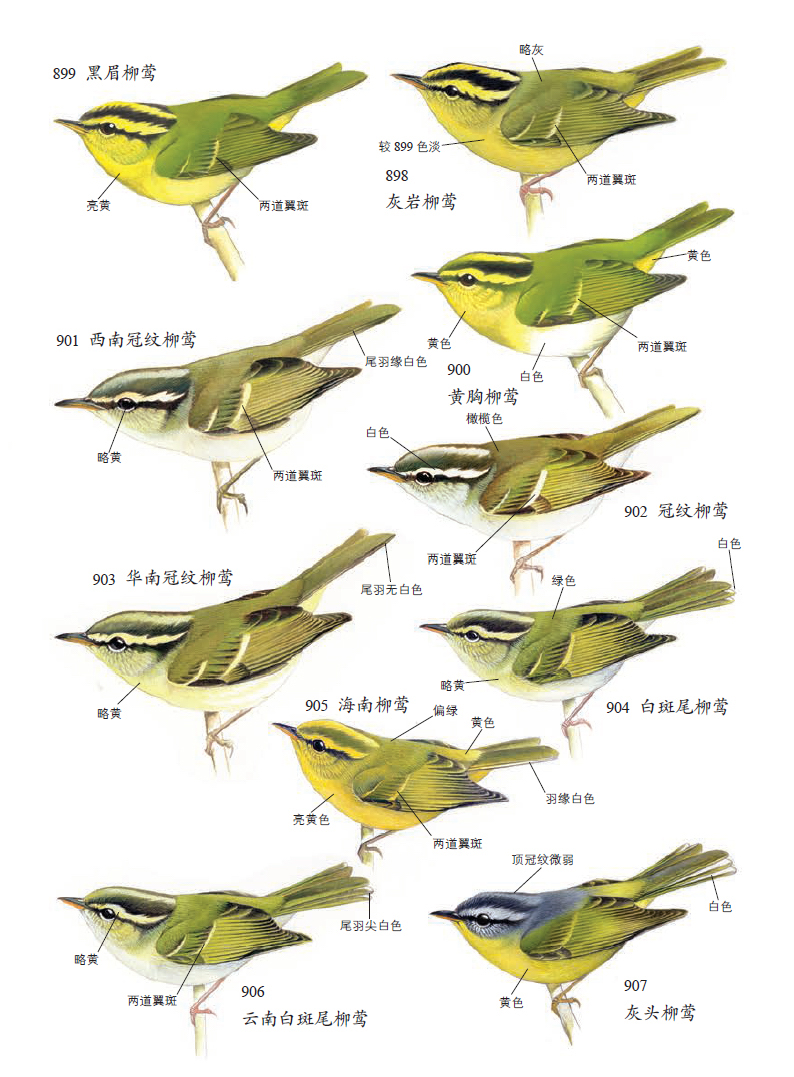
Although the English-language edition of his birding bible preceded the Chinese-language version, MacKinnon insists he’s written the new guide primarily with Chinese users in mind, hoping it might inspire a new generation to ditch their games consoles and head out into the wilds in search of a snow goose or mandarin duck.
“I think the wonderful thing about birding in China is that it’s so diverse, there isn’t anywhere that isn’t very close to some great bird places,” he says. “Personally, I’ve loved some of the remote areas, like the Altai Mountains and the Northeast, where Heilongjiang province meets Inner Mongolia. The Yunnan–Burmese border in the southwest is fantastically rich. I’ve made about five trips on the Qinghai Plateau, which is a very exciting place as well. But you don’t have to go to those remote places to enjoy birds. There are some fantastic places near big cities like Shenzhen or Shanghai.”
To MacKinnon’s dismay, the country’s economic growth has corresponded with an unprecedented rise in industrial output, urbanization, and consumer culture, all of which have impacted bird habitats and bird numbers. “On the other hand, there’s a vast increase in the number of nature reserves and parks,” he says. “But 22 years ago, the environment was fairly clean. Now it’s hugely polluted and developed and changed.”
MacKinnon sees folly in some of China’s greening efforts, including its great green wall, a massive forest planted across northern China in an attempt to mitigate desertification, which he calls “green desert plantations” made up of “the wrong trees in the wrong places — conifer monoculture plantations in areas that should be mixed broadleaf forests and far too many monoculture GMO poplars.”
MacKinnon has spent much of the pandemic-induced lockdown working on a situation analysis for the International Union for Conservation of Nature (IUCN) of the Yellow Sea, where bird numbers continue to decline.
“The chemistry of the sea has completely changed since we first examined it about 11 years ago,” he says. “For bird populations, we thought the main problem was loss of habitat. The tidal flat areas have decreased by about 50%, but the birds have decreased by a lot more than 50%. You can’t say there’s not enough habitat for the birds that remain, but perhaps the quality isn’t right, or perhaps the spacing of it isn’t right. They have to fly down on migration. They have to feed every day. They have to find somewhere to stop and rest before they carry on. Missing habitats is like missing rungs on the ladder.”
MacKinnon cites a number of other areas of grave environmental concern, but maintains he wishes to return to China after the pandemic, where he feels he can still be “useful.” But while COVID-19 keeps him at home, the restless septuagenarian is still finding conservation causes to occupy him.
“I’m trying to save The Old Park and Chequers Wood near Canterbury, which is slated for sale and development,” he says. “The area supports a diverse breeding community of birds, including turtle doves, nightingales, and the three British species of woodpeckers.”
